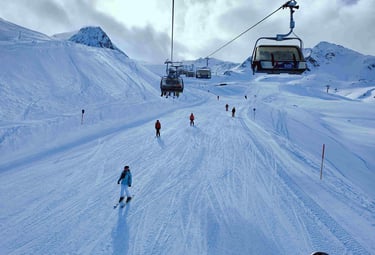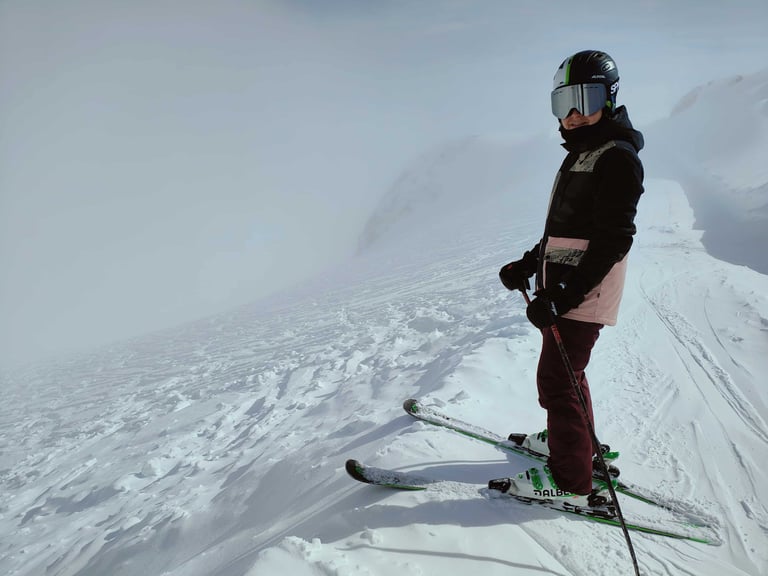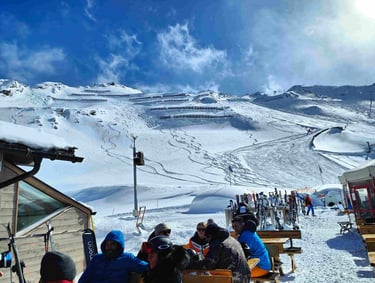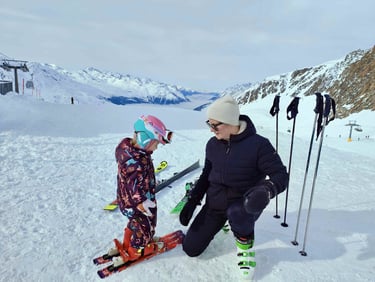Skiing Safety Tips: How to Stay Safe on the Slopes
Ski safely with these essential tips! From proper gear to knowing your limits, stay injury-free on the slopes while enjoying the thrill of skiing.








Skiing is an exhilarating winter activity that attracts millions of enthusiasts every year.
While it's a fantastic way to enjoy the outdoors and experience the thrill of gliding down snow-covered slopes, it's essential to prioritize safety to ensure a fun and injury-free experience.
Whether you're a beginner hitting the bunny slopes or an expert tackling black diamond runs, these skiing safety tips will help you stay safe on the slopes.
1. Wear Proper Gear:
Before hitting the slopes, ensure you have the right gear. This includes a well-fitted helmet to protect your head in case of falls or collisions.
Additionally, invest in quality ski goggles to shield your eyes from snow, wind, and harmful UV rays. Dress in layers to stay warm and dry, and don't forget waterproof gloves and insulated ski pants and jackets.
2. Check Your Equipment:
Before each skiing session, inspect your equipment for any signs of damage or wear.
Ensure your bindings are adjusted correctly according to your weight, height, and skiing ability.
Check your ski poles for cracks or bent shafts and ensure your boots fit snugly and securely into your bindings.
3. Know Your Limits:
One of the most important skiing safety tips is to know your limits and ski within your ability level. Don't attempt slopes or trails that are beyond your skill level, as it increases the risk of accidents and injuries.
Start on easier runs and gradually progress to more challenging terrain as you gain confidence and experience.
4. Follow the Skiing Code of Conduct:
Familiarize yourself with the skiing code of conduct, which outlines basic rules and etiquette for skiers on the slopes.
Yield to other skiers when merging or overtaking, and always be aware of your surroundings. Respect trail markings and closures, and never ski in areas that are off-limits or hazardous.
5. Stay Hydrated and Rested:
Skiing is a physically demanding activity that can quickly deplete your energy levels.
Stay hydrated by drinking plenty of water throughout the day, and take regular breaks to rest and refuel.
Listen to your body and recognize signs of fatigue or exhaustion, and don't hesitate to take a break if needed.
6. Be Weather Aware:
Keep an eye on weather forecasts and be prepared for changing conditions on the mountain.
Dress appropriately for the weather, and be mindful of potential hazards such as ice, whiteout conditions, or avalanche risks.
If conditions deteriorate, consider taking shelter in a mountain lodge or ski patrol station until it's safe to continue skiing.


